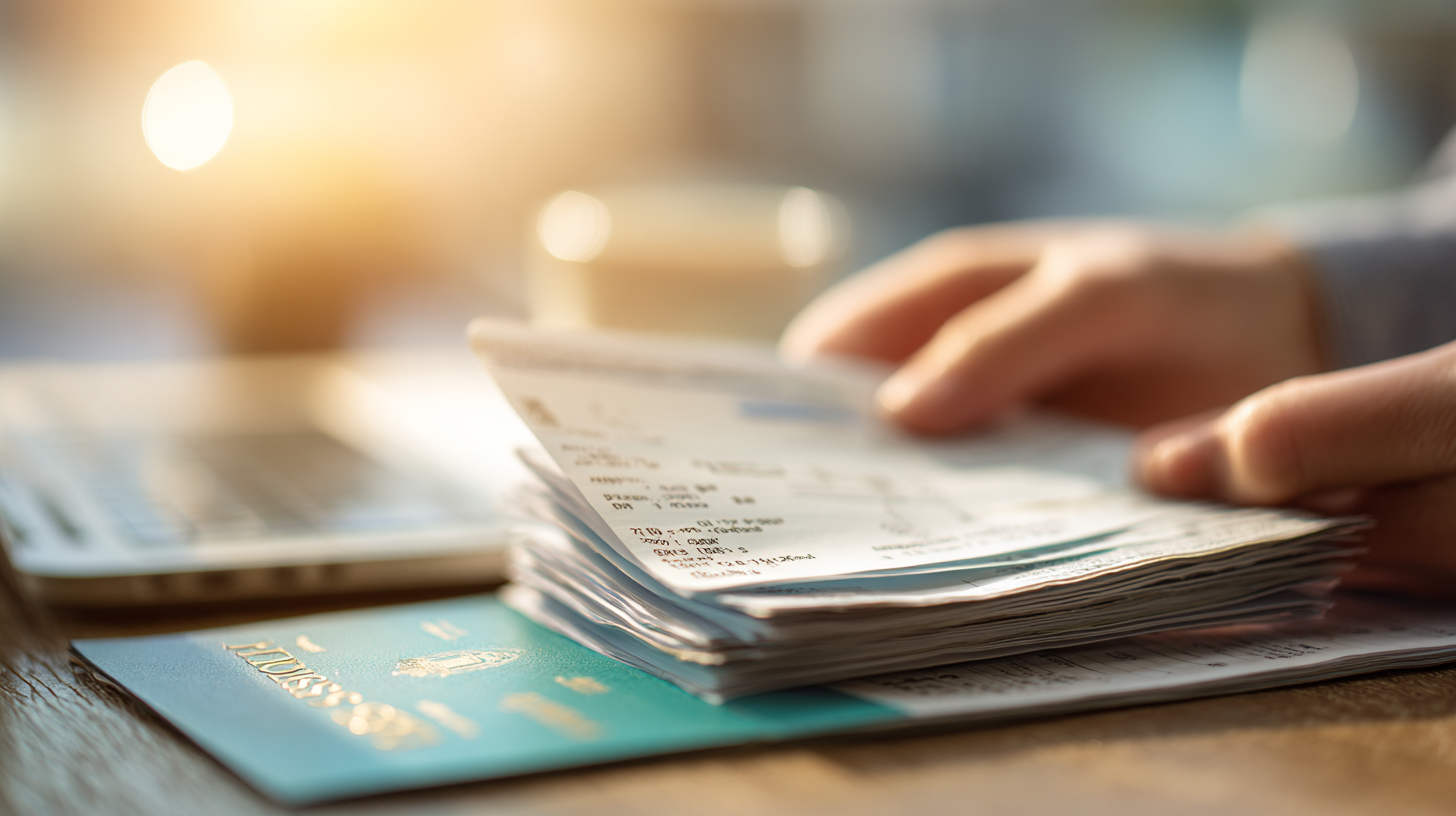How Much of Business Travel Is Tax Deductible
How Much of Business Travel Is Tax Deductible
- Most ordinary, necessary business travel is deductible when you’re away from your tax home—covering flights, hotels, some meals, and work-related incidentals.
- Mileage: choose the IRS standard rate or actual expenses; W‑2 commuting rules and method‑switch limits matter when you drive.
- Clean records win audits. Many small businesses leave money on the table by missing valid write‑offs.
The Headline: What Is and Isn’t Deductible

Quick take: The IRS standard is straightforward—expenses must be “ordinary and necessary” to your work for a deduction to stick.[1]
In short: If the trip is typical for your industry and directly supports business, it leans deductible; if it’s personal, lavish, or recreational, it doesn’t.
- What this means for you: When business is the main purpose, claim the airfare, lodging, and related incidentals. If a vacation sneaks in with a token meeting, expect proration—or denial.
Bottom line: Write down the business purpose up front and match every receipt to it.
Mileage: Standard Mileage Rate Versus Actual Expenses
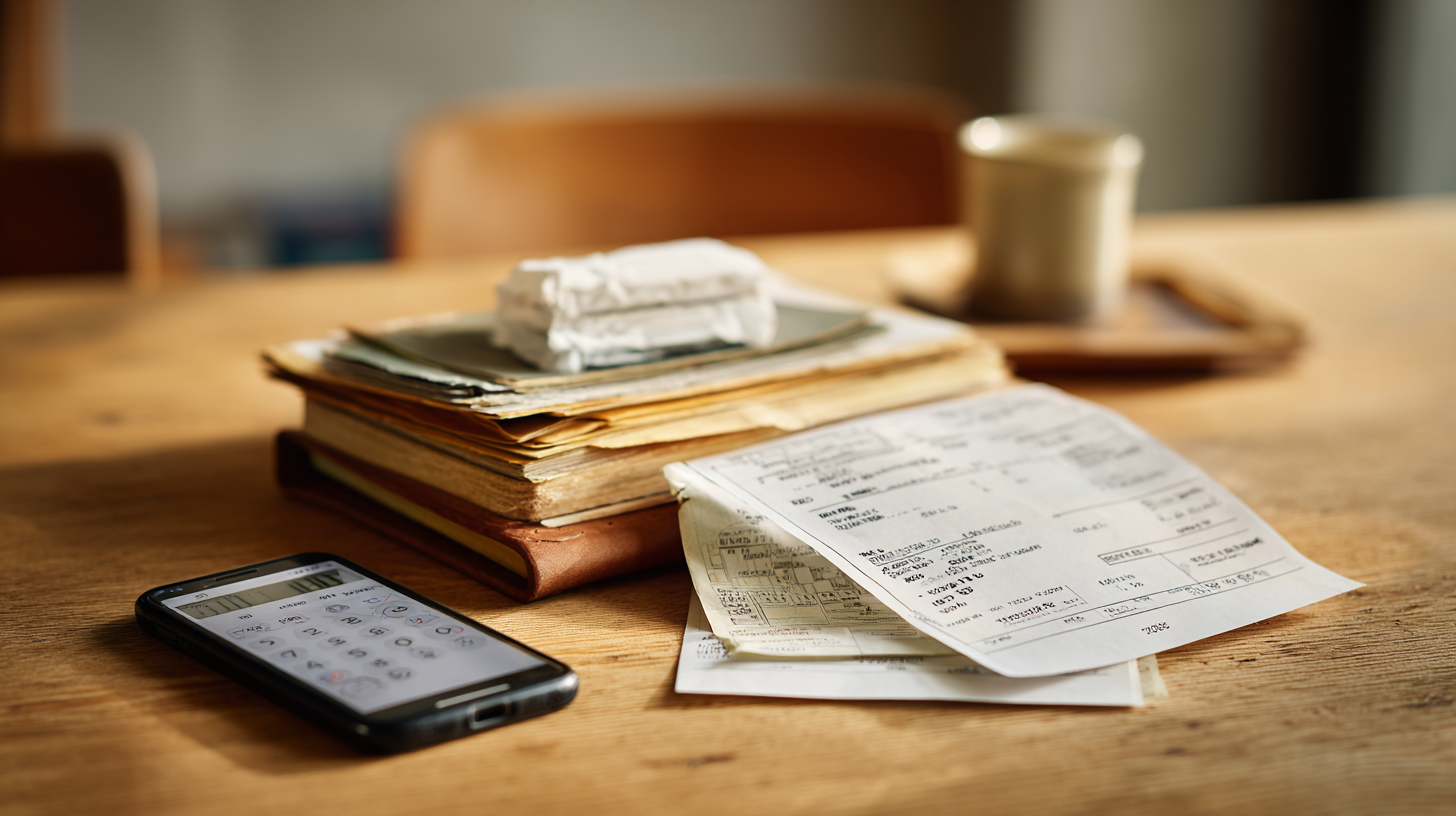
Quick take: You can use the standard mileage rate or the actual expense method for vehicle costs. The first is simple; the second needs detailed tracking.
Key rules in plain English: Once you use the actual expense method for a vehicle, you generally can’t switch that car back to the standard mileage rate. Many filers choose the standard rate for simplicity—more than 20 million taxpayers claimed a vehicle‑related deduction with it in a recent year.[2]
- What this means for you: Standard mileage works well for routine airport runs and light driving. Actuals can make sense if you track fuel, insurance, repairs, and depreciation.
- Tip: Log every airport leg—date, route, miles, and business reason—and don’t double‑dip methods on the same vehicle in the same year.[2]
Bottom line: Pick a method early and stay consistent; switching has strings.
Flights, Hotels, Meals, and Incidentals — Rules by Category

Quick take: Most core travel costs are deductible when tied to business. Points and elite perks change how you document value—not the underlying test.
Flights
Paid airfare for a business trip is typically deductible. For award tickets, the easiest deductions are the cash pieces—taxes, carrier‑imposed fees, and any paid seat selections. Keep the booking record and receipts.
Upgrades and Elite Perks
Upgrades bought for a legitimate work need (rest to perform, onboard productivity) are more defensible than purely plush splurges. Lounge day passes or fast‑track that clearly support business can be easier to justify than a treat‑yourself premium cabin.
Hotels and Incidentals
Nightly rate, work Wi‑Fi, business center charges, laundry on multi‑day trips, and service tips are generally in‑bounds. Personal add‑ons on the folio should be split and excluded.
Meals
Meals while traveling for business can be deductible when properly documented. Keep who, what, when, where—and why it was for business. Treat travel meals differently from day‑to‑day dining at home base.
- What this means for you: Save itineraries, boarding passes, hotel folios, and any receipt with a clear business tie. If you booked with miles, keep proof of the business route and date plus any cash you paid.
Bottom line: Necessary for work beats nice‑to‑have comfort—document accordingly.
When Travel Isn’t Deductible: Commuting and Personal Mixes

The headline: Commuting between home and your regular workplace isn’t deductible for W‑2 employees due to the suspension of unreimbursed employee expenses under the Tax Cuts and Jobs Act—narrow exceptions include charity, medical, or military travel.[2]
In short: Home‑to‑office is personal; business travel starts when you leave your tax home for a bona fide work purpose.
- What this means for you: A home‑to‑client stop can still be commuting unless your tax home is elsewhere. If you add personal days or detours, prorate costs and clearly mark business days and expenses.
Bottom line: Don’t relabel a commute as a business trip—auditors notice.
Record‑Keeping: What to Track for Miles‑Focused Flyers

Quick take: Good documentation turns gray areas into green lights.
- Must‑save: receipts, hotel folios, boarding passes or itineraries, meeting invites or client names, and mileage logs if you drive.
- Tax forms note: If you’re self‑employed, many deductions flow through Schedule C—keep records that match how you file.[3]
Practical checklist: Capture date, vendor, amount, location, business purpose, and attendees. For award travel, add the PNR/e‑ticket and cash fees paid.
What this means for you: Small misses compound—surveys suggest many owners overlook eligible write‑offs, so tidy records can recover savings you’d otherwise lose.[1]
Keep mileage records for at least three years after filing.[2]
Common Mistakes, Audit Triggers, and Small‑Biz Pitfalls

Quick take: The biggest issues are mixing personal with business, claiming lavish upgrades without a business reason, and weak logs.
- Audit triggers: vague or recycled business purposes, missing receipts, and a pattern of premium add‑ons with thin documentation.
- Small‑biz pitfall: assuming a trip is “obviously business.” If it’s not obvious on paper, it won’t be obvious in an audit.
Bottom line: If you can’t explain the business need in a sentence, don’t claim it.
Bottom Line: Fast Rules and Next Steps for Frequent Flyers
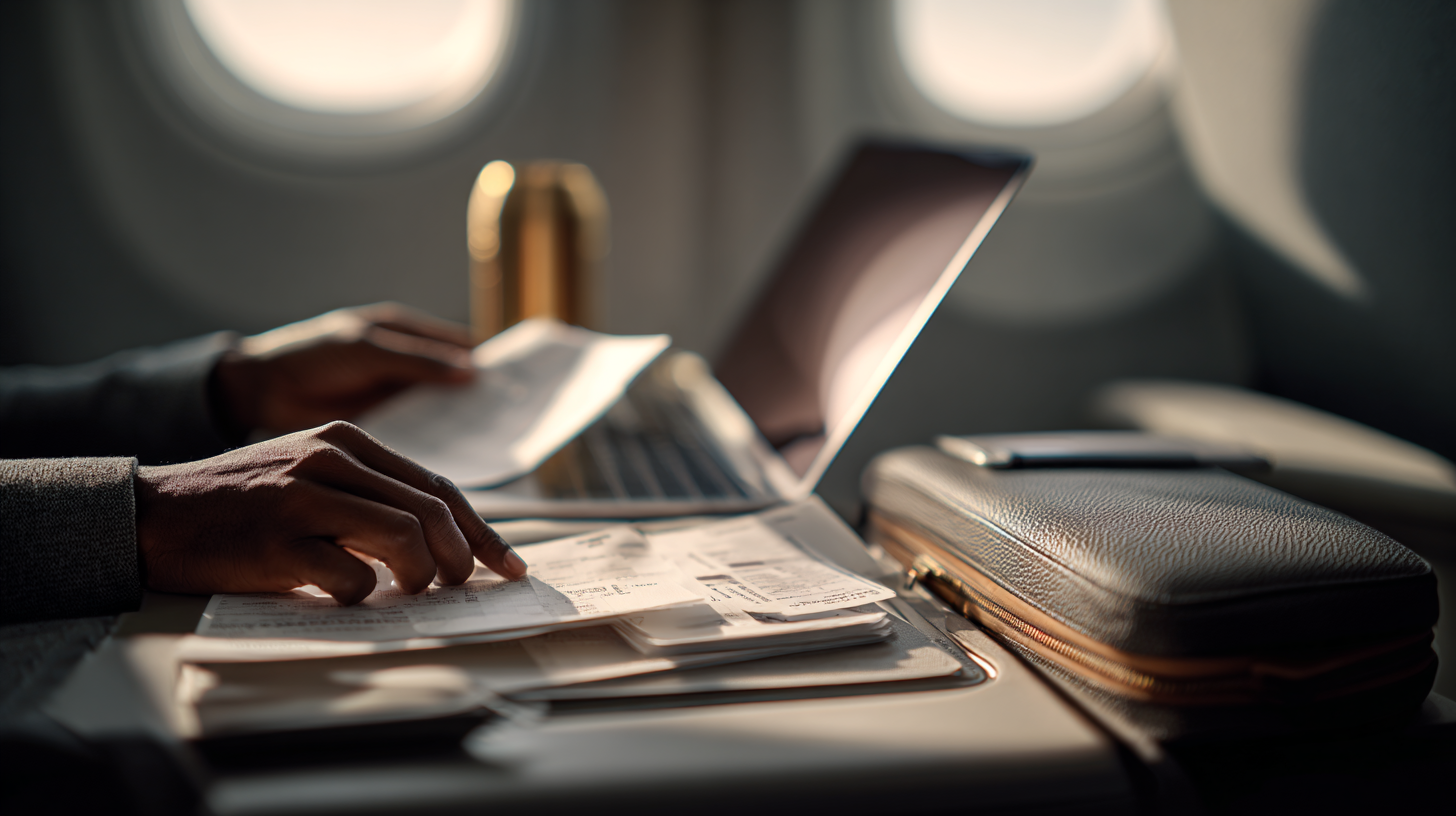
- Document the business purpose first; receipts second.
- Choose a mileage method and stick to it.
- Split personal costs at booking and on folios.
Next steps: Pull award confirmations and align your mileage logs. Ask a pro before taking aggressive positions that could jeopardize refunds.
Final Thoughts

Business travel deductions reward clarity. Match each cost to a business need, keep proof, and stay within the rules. Do that, and you protect both your tax position and your points strategy.
Vanessa Bloome’s Take
I look for the “why” before the receipt. If the why is solid and tied to work, the paperwork is usually straightforward. If the why feels fuzzy, the deduction typically is too.
For road‑warriors, the habit that pays is consistency: stick to a single mileage method, keep a clean log, and store award records and folios together. It’s not glamorous, but neither is an audit.
Key Takeaways

- Deductible travel must be ordinary and necessary and occur away from your tax home.[1]
- Pick and document a mileage method; switching back can be limited.[2]
- Save itineraries, folios, receipts, and a short note of business purpose for each trip.[3]
FAQ
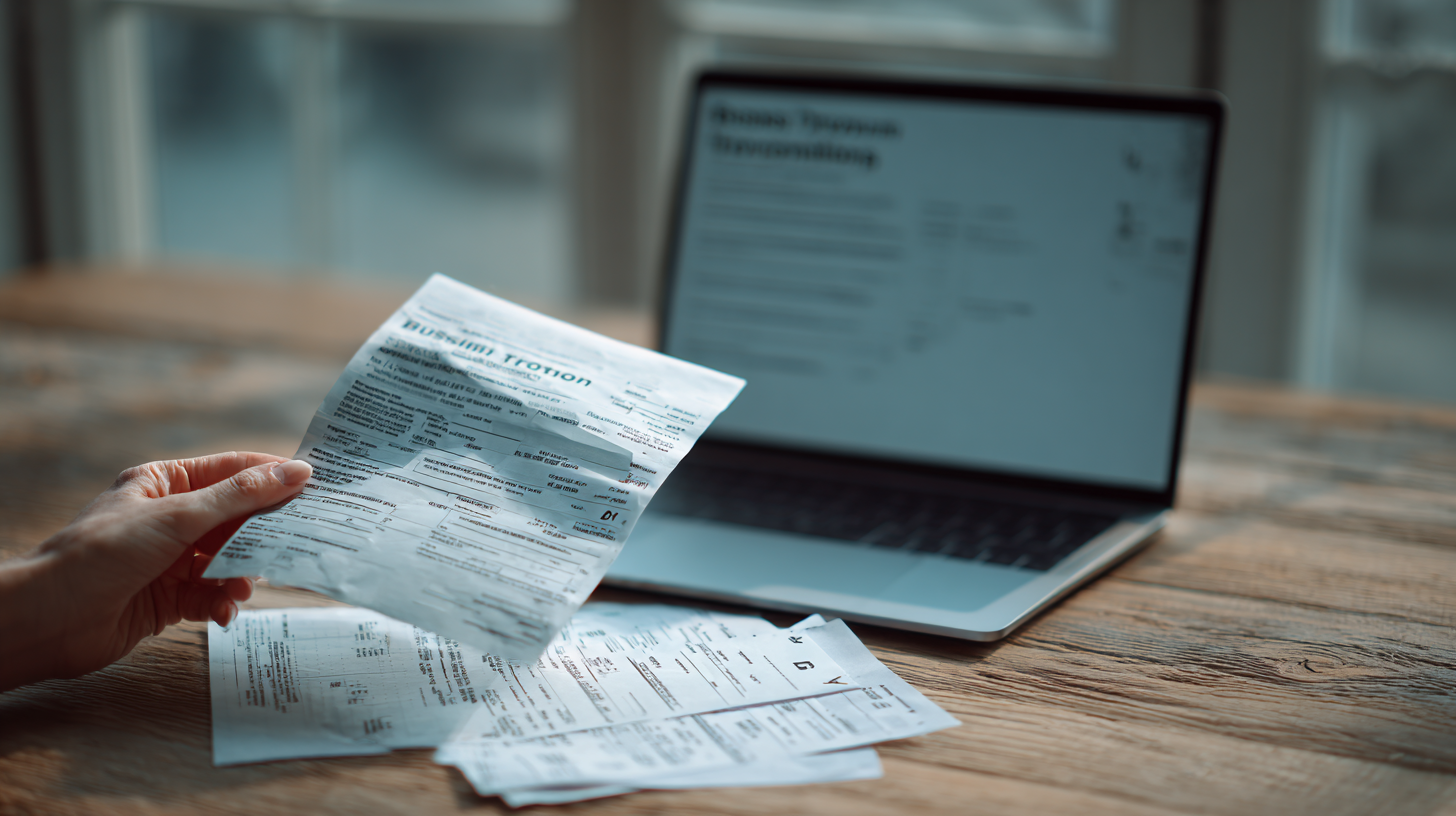
Are award flights purchased with miles tax deductible?
Answer: Award redemptions complicate deductions because the ticket itself may have little or no cash outlay. The guiding test is still ordinary and necessary for business. Out‑of‑pocket charges tied to an award—taxes, carrier fees, paid seats—are the clearest deductible pieces. Keep the booking record and any receipts for cash paid, and ask a tax advisor before assigning any value to miles.
Can W‑2 employees deduct business travel expenses?
Answer: Generally, W‑2 employees cannot deduct commuting mileage due to the suspension of unreimbursed employee expense deductions; limited exceptions include charity, medical, or military travel.[2] If your employer doesn’t reimburse, ask about an accountable plan or per diems—those keep the deduction at the business level even if you can’t claim it personally.
Is it better to use the standard mileage rate or actual expenses for airport runs?
Answer: It depends. The standard rate is simple and widely used for routine driving; the actual expense method may fit if you track fuel, maintenance, depreciation, and insurance. Remember: once you choose actuals for a vehicle, returning to the standard rate can be restricted—plan before you switch.[2]
How long should I keep travel receipts and mileage logs if I get audited?
Answer: Keep records long enough to substantiate the items on your return. Self‑employed travelers typically align retention with how they report expenses (for example, on Schedule C) and keep digital backups. If you’re unsure, ask a tax professional about the retention window that applies to your situation.[3]
References
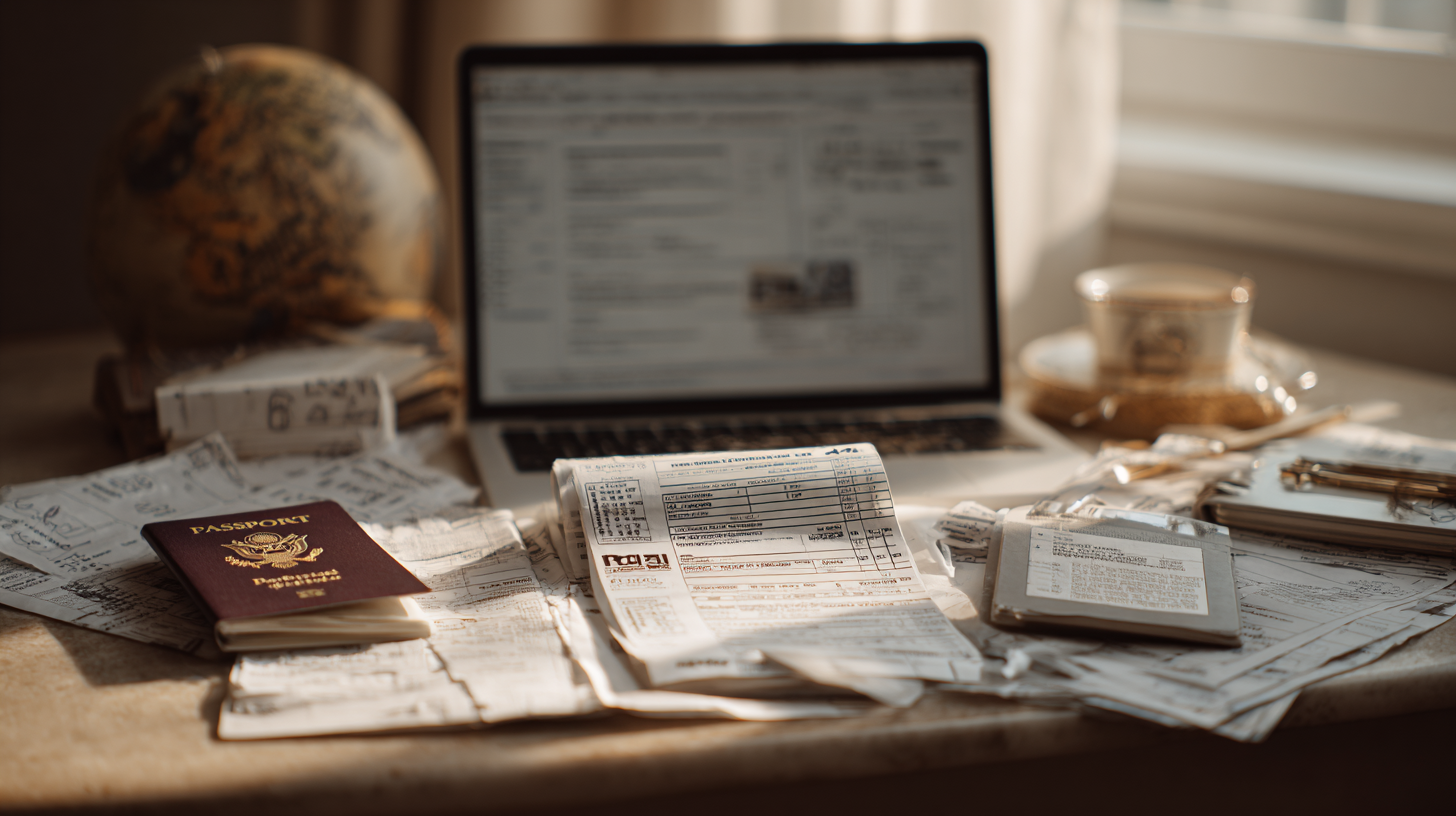
- [1] 410+ Tax Deductible Business Expenses (w/ Examples)+ FAQs — https://taxsharkinc.com/410-tax-deductible-business-expenses-w-examples/
- [2] IRS Standard Mileage Rate: 2024 and 2025 | GOBankingRates — https://www.gobankingrates.com/taxes/deductions/standard-milage-rate/
- [3] Small Business Tax Deductions for 2025 [LLC & S Corp Write Offs] — https://www.ais-cpa.com/small-business-tax-deductions/
For timely updates on travel tax rules and points strategy, visit milesBUZZ.

